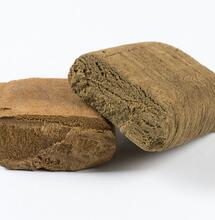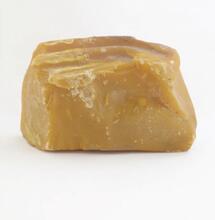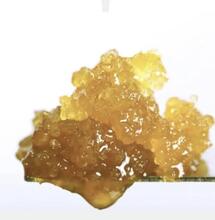2,500-Year-Old Bong Found at Ancient Chinese Burial Site

Historians have known for many years that cannabis was used in ancient times. Cannabis is one of the oldest cultivated plants in East Asia and referenced in written texts from as early as 1,000 BCE.
Researchers from the Chinese Academy of Sciences now have something new to add to the evidence: a 2,500-year-old bong.
Officially described by archaeologists as a "wooden brazier." it is essentially a group bong used to hotbox the ceremonial room at funerals.
The research, led by archaeologist Meng Ren noted that a chemical analysis of the burned botanical residue found at the site shows that cannabis plants were burned in these wooden braziers as part of funeral rites.
"Cannabis was smoked as part of rituals and religious activities in western China at least 2,500 years ago, and the cannabis produced high levels of psychoactive compounds."
Ten wooden braziers were found at the site. They look like large one-hitters with a deep, rounded well carved into the wood. Walnut-size rocks would have been inserted into the vessel heated in a nearby fire.
The braziers were exhumed from eight tombs at the Jirzankal Cemetary in the Eastern Pamir area of China. This is an ancient burial site that dates to approximately 1,500 BCE.
The discovery validates some of the famous claims of the ancient Greek historian Herodotus. In his classic The Histories, Herodotus described inhabitants of the Caspian Steppe province smoking weed during the first millennium BCE.
People were believed to assemble in a small tent and burn the plant with hot stones in a bowl.
Frozen crypts from the Pazyryk culture in 500 BCE discovered in the southern Altai Mountains, Tuva Republic, Russia, seem to substantiate the account despite being located over 3,000 km away to the northeast. Further still, according to The Histories, the ancient Scythians utilised cannabis smoke as a feature of cleansing rituals following burial ceremonies.
This contrasts the smoking habits recently revealed in the Pamirs in the present study and those in the Russian Altai mountains. Here cannabis was used during the burial. It may have been used as a different ritual to celebrate their loved one, such as speaking with the divine or the recently deceased.











